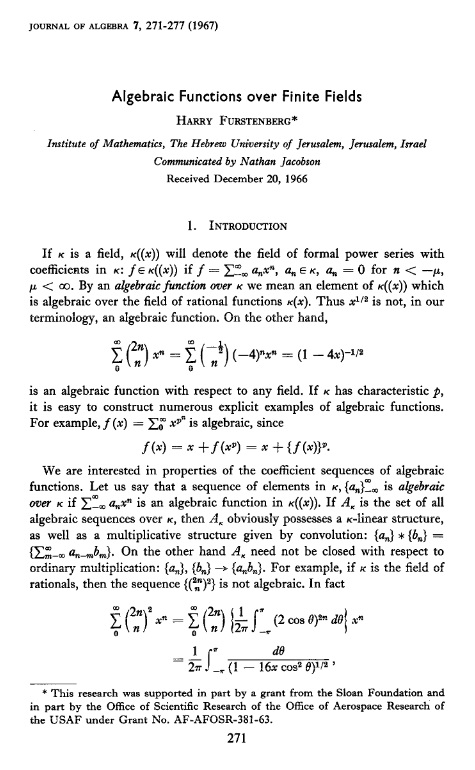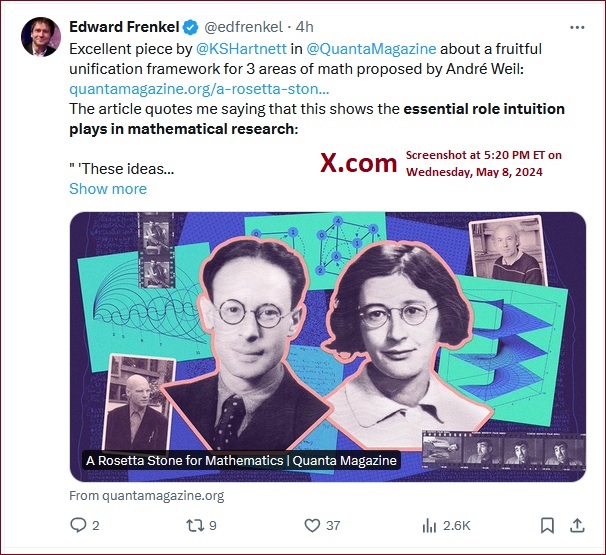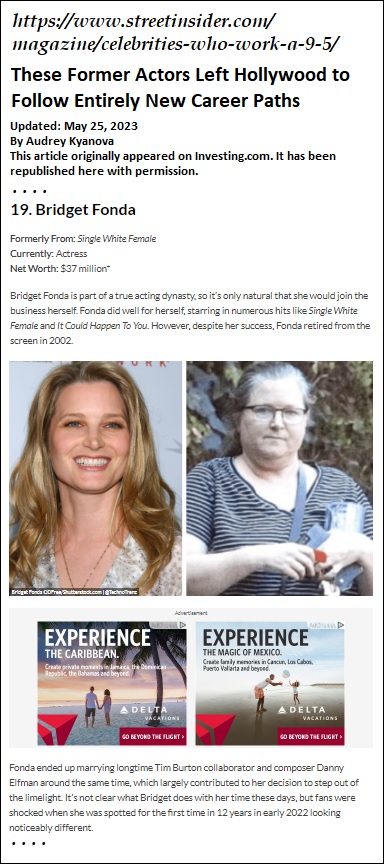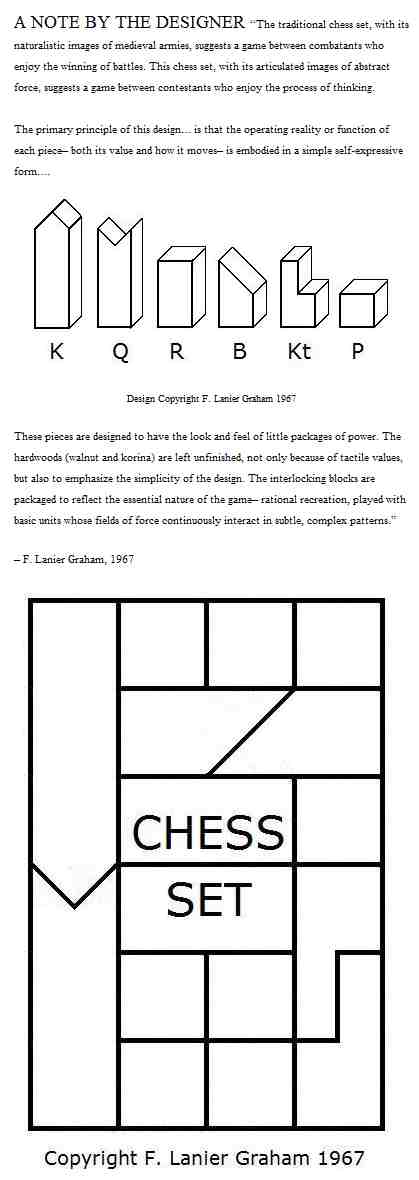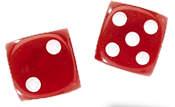Loomis Dean, a Life magazine photographer who made memorable pictures of the royalty of both Europe and Hollywood, has died. He was 88.
Dean died Wednesday [December 7, 2005] at Sonoma Valley Hospital in Sonoma, Calif., of complications from a stroke, according to his son, Christopher.
In a photographic career spanning six decades, Dean's leading images included shirtless Hollywood mogul Darryl F. Zanuck trying a one-handed chin-up on a trapeze bar, the ocean liner Andrea Doria listing in the Atlantic and writer Ernest Hemingway in Spain the year before he committed suicide. One of his most memorable photographs for Life was of cosmopolitan British playwright and composer Noel Coward in the unlikely setting of the Nevada desert.
Dean shot 52 covers for Life, either as a freelance photographer or during his two stretches as a staffer with the magazine, 1947-61 and 1966-69. After leaving the magazine, Dean found steady freelance work in magazines and as a still photographer on film sets, including several of the early James Bond movies starring Sean Connery.
Born in Monticello, Fla., Dean was the son of a grocer and a schoolteacher.
When the Dean family's business failed during the Depression, they moved to Sarasota, Fla., where Dean's father worked as a curator and guide at the John and Mable Ringling Museum of Art.
Dean studied engineering at the University of Florida but became fascinated with photography after watching a friend develop film in a darkroom. He went off to what is now the Rochester Institute of Technology, which was known for its photography school.
After earning his degree, Dean went to work for the Ringling circus as a junior press agent and, according to his son, cultivated a side job photographing Ringling's vast array of performers and workers.
He worked briefly as one of Parade magazine's first photographers but left after receiving an Army Air Forces commission during World War II. During the war, he worked in aerial reconnaissance in the Pacific and was along on a number of air raids over Japan.
His first assignment for Life in 1946 took him back to the circus: His photograph of clown Lou Jacobs with a giraffe looking over his shoulder made the magazine's cover and earned Dean a staff job.
In the era before television, Life magazine photographers had some of the most glamorous work in journalism. Life assigned him to cover Hollywood. In 1954, the magazine published one of his most memorable photos, the shot of Coward dressed for a night on the town in New York but standing alone in the stark Nevada desert.
Dean had the idea of asking Coward, who was then doing a summer engagement at the Desert Inn in Las Vegas, to pose in the desert to illustrate his song "Mad Dogs and Englishmen Go Out in the Midday Sun."
As Dean recalled in an interview with John Loengard for the book "Life Photographers: What They Saw," Coward wasn't about to partake of the midday sun. "Oh, dear boy, I don't get up until 4 o'clock in the afternoon," Dean recalled him saying.
But Dean pressed on anyway. As he related to Loengard, he rented a Cadillac limousine and filled the back seat with a tub loaded with liquor, tonic and ice cubes — and Coward.
The temperature that day reached 119 as Coward relaxed in his underwear during the drive to a spot about 15 miles from Las Vegas. According to Dean, Coward's dresser helped him into his tuxedo, resulting in the image of the elegant Coward with a cigarette holder in his mouth against his shadow on the dry lake bed.
"Splendid! Splendid! What an idea! If we only had a piano," Coward said of the shoot before hopping back in the car and stripping down to his underwear for the ride back to Las Vegas.
In 1956, Life assigned Dean to Paris. While sailing to Europe on the Ile de France, he was awakened with the news that the Andrea Doria had collided with another liner, the Stockholm.
The accident occurred close enough to Dean's liner that survivors were being brought aboard.
His photographs of the shaken voyagers and the sinking Andrea Doria were some of the first on the accident published in a U.S. magazine.
During his years in Europe, Dean photographed communist riots and fashion shows in Paris, royal weddings throughout Europe and noted authors including James Jones and William S. Burroughs.
He spent three weeks with Hemingway in Spain in 1960 for an assignment on bullfighting. In 1989, Dean published "Hemingway's Spain," about his experiences with the great writer.
In 1965, Dean won first prize in a Vatican photography contest for a picture of Pope Paul VI. The prize included an audience with the pope and $750. According to his son, it was Dean's favorite honor.
In addition to his son, he is survived by a daughter, Deborah, and two grandsons.
Instead of flowers, donations may be made to the American Child Photographer's Charity Guild (www.acpcg.com) or the Make-A-Wish Foundation.






